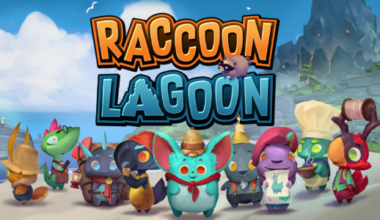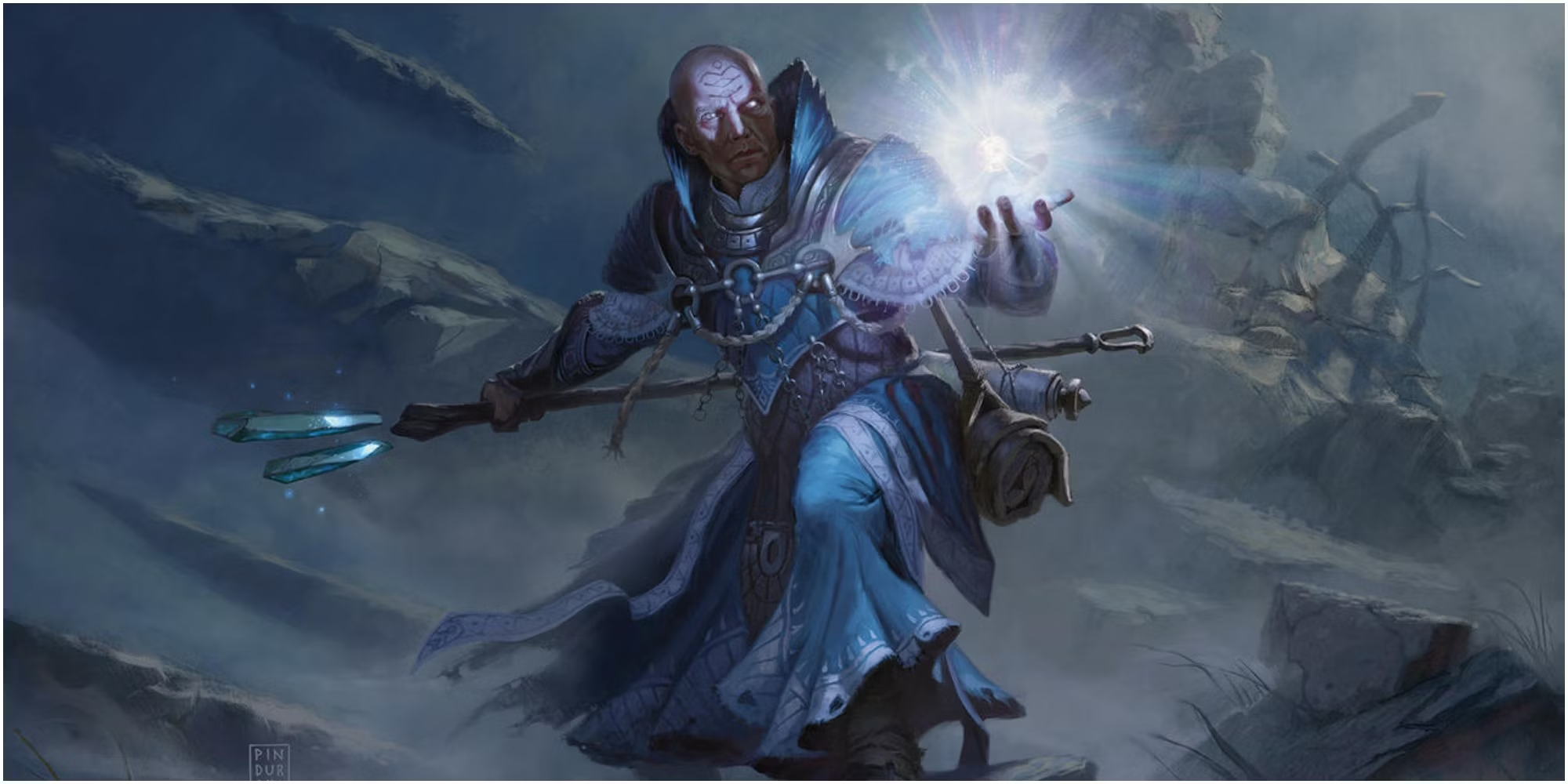Introduction:
Live Action Role-Playing, or LARP, has emerged as a vibrant and immersive form of interactive storytelling worldwide. In Brazil, its development has been a fascinating journey, intertwining with the country’s rich cultural tapestry and the global evolution of this unique hobby. Let’s embark on a historical exploration of how LARP has evolved in Brazil over the years.
Early Beginnings:
LARP found its roots in Brazil in the late 1980s and early 1990s, influenced by similar movements in Europe and North America. Initially, small groups of enthusiasts experimented with rudimentary forms of role-playing, often drawing inspiration from tabletop RPGs like Dungeons & Dragons. These early pioneers laid the groundwork for what would later become a thriving LARP community.
Formalization and Growth:
During the late 1990s and early 2000s, LARP in Brazil began to take on a more structured form. Organizations and groups dedicated to LARPing started to emerge, hosting events and conventions across the country. These gatherings provided a platform for enthusiasts to come together, share experiences, and refine their craft. Themes varied widely, ranging from medieval fantasy to sci-fi, reflecting the diverse interests of participants.
Influence of Brazilian Culture:
One of the most intriguing aspects of LARP in Brazil is its fusion with local culture and traditions. Brazilian folklore, mythology, and history often serve as inspiration for LARP scenarios and character backgrounds. From indigenous legends to colonial-era narratives, players incorporate elements of Brazilian identity into their storytelling, adding a unique flavor to the LARP experience.
Challenges and Triumphs:
Like any burgeoning subculture, LARP in Brazil faced its share of challenges. Limited resources, logistical hurdles, and societal perceptions presented obstacles along the way. However, dedicated enthusiasts persevered, building supportive communities and fostering creativity. Over time, LARP gained recognition as a legitimate form of entertainment and artistic expression, earning respect within broader geek culture circles.
Modern Landscape:
Today, LARP continues to thrive in Brazil, with a diverse array of events and organizations catering to a growing audience. From intimate gatherings in local parks to large-scale conventions in major cities, opportunities for LARPing abound. The advent of social media has further facilitated connections within the community, enabling enthusiasts to share ideas, organize events, and collaborate on projects with greater ease.
Future Prospects:
As LARP continues to evolve globally, Brazil stands poised to make significant contributions to the hobby. With its rich cultural heritage and passionate community, the country offers a fertile ground for innovative storytelling and immersive experiences. As technology advances and societal attitudes shift, the possibilities for LARP in Brazil are limitless, promising an exciting future for enthusiasts old and new alike.
Conclusion:
The history of LARP in Brazil is a testament to the power of imagination and community. From humble beginnings to a vibrant subculture, it has grown and flourished, reflecting the diverse interests and creative spirit of its participants. As we look to the future, one thing remains certain: the journey of LARP in Brazil is far from over, and the best adventures are yet to come.






